Manufactured goods - this is the widest range of products that satisfy a wide variety of needs: from the need to wash hands with soap and water to use cars as a convenient means of transportation. These are the products of factories in oil refining and wood workshops. Non-food products are represented by an assortment too wide to be fully described in two words. Consider the classification, rules of trade and exchange of such products.
Types of Non-Food Products
Let's talk more about such products. What are non-food items? This is a set of product groups, united by a certain attribute, namely:
- by appointment;
- in the direction of satisfied needs;
- based on the similarity of the base material;
- based on the features of the functions performed.
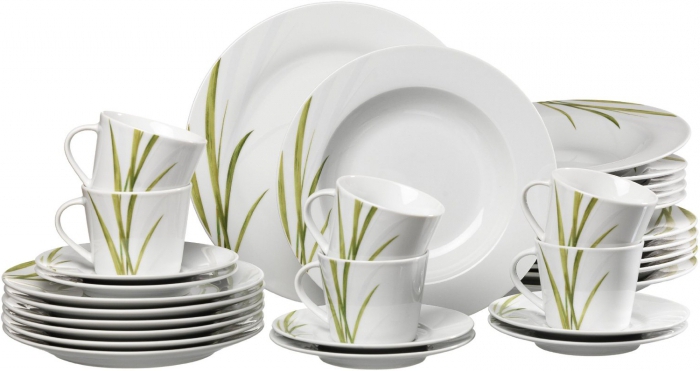
Several types of classification of non-food products have been developed. They are grouped according to industry affiliation:
- light industry products, for example, fabrics, leather products, shoes;
- cultural and household goods - furniture, dishes, household appliances, cars, motorcycles, sports equipment.
Classifier of types of manufactured goods
The main official document that contains the sample, or the list of non-food items approved at the state level, is a set of Russian classifiers. Today, it is customary to take an industry attribute as the basis of classification.
Academic, educational classification is based on the same principle as the national one, but has a number of features that allow you to present the material in a more accessible form, as well as enter descriptions of goods made from the latest materials using alternative sources of electricity.
For convenience, non-food products are divided into several complex complexes:
- household goods - crockery, building materials, plastic products, household furniture, detergents and other similar products;
- oil and oil products;
- clothing and footwear;
- perfumes and cosmetics;
- electrical goods;
- cultural and household products;
- Jewelry;
- haberdashery;
- handicrafts.
This list is not permanent - the types of non-food items vary depending on the obsolescence of some and the appearance of others - more modern.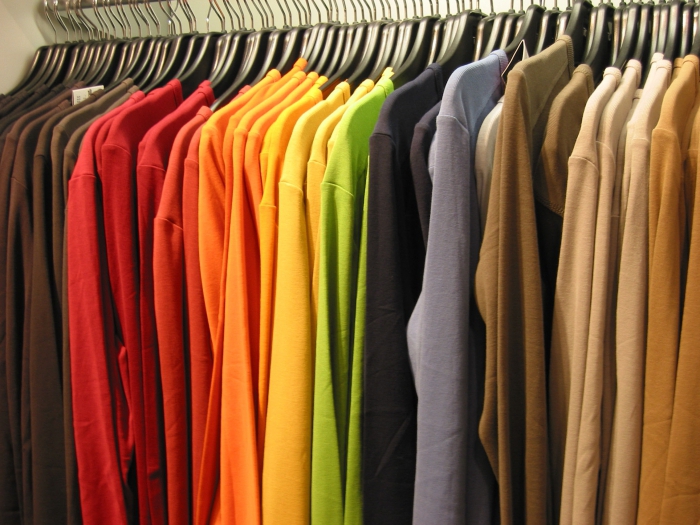
Basic Principles of Non-Food Trade
The rules for the sale of non-food goods are regulated by the relevant Decree of the Government of the Russian Federation of 01/19/1998 No. 55 with amendments and additions. This article will briefly discuss the mechanism for assessing the quality of goods, and, accordingly, the exchange and return to sellers of items that do not meet established quality standards.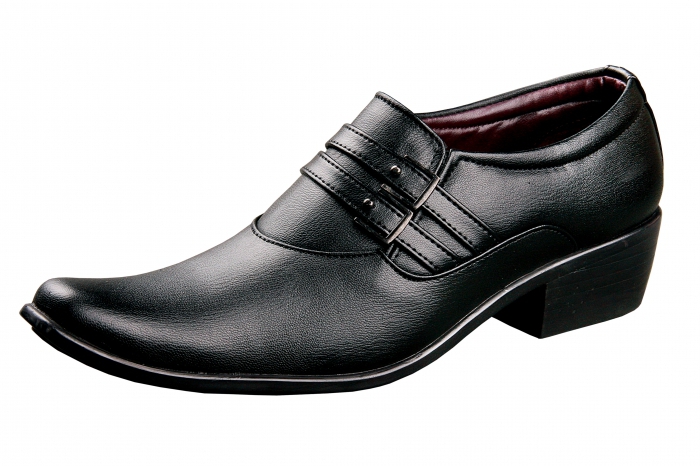
Manufactured goods mean quality and safety
Quality assessment, or, in other words, examination of the goods, in conflict or risk situations should be carried out using such generally accepted methods:
- organoleptic - visual inspection for the presence of various types of defects;
- assessment of physico-chemical indicators using instrumental, registration (by the number of rejections of goods) and calculation tools, such as, for example, when measuring the noise level of an electrical appliance in chemical, physico-chemical and other laboratories;
- compliance with sanitary and chemical standards and hygiene indicators;
- measuring microbiological parameters and toxicity levels.
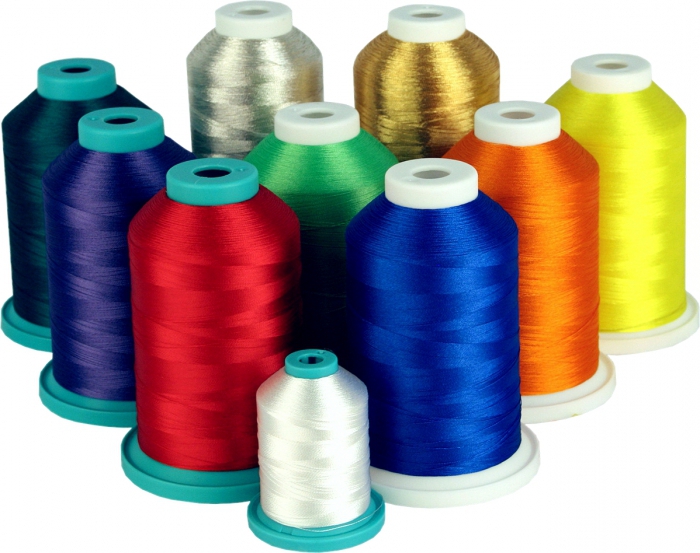
It is not possible to determine the aesthetic properties of a product using objective methods - the so-called heuristic methods of expert or sociological assessment are used here. For this type of work, specialists are involved - experts with a certain specialization.
Packaging of goods should be made in accordance with the requirements of modern GOSTs.
Rules for the exchange and return of industrial goods
The return of non-food items is possible both in the event of a mismatch of quality indicators, and when it simply did not fit the buyer. The procedure is regulated by the Law on Consumer Protection (hereinafter referred to as the Law), in particular article 18. In this case, the buyer can order a free examination as a basis for a subsequent refund. Most often, the check is carried out on the spot by the seller himself.
As for testing complex types of equipment, such as televisions and tablet computers, such an examination can last a long period exceeding the warranty period for this product - most often this is a two-week period. In this case, an independent examination should be ordered.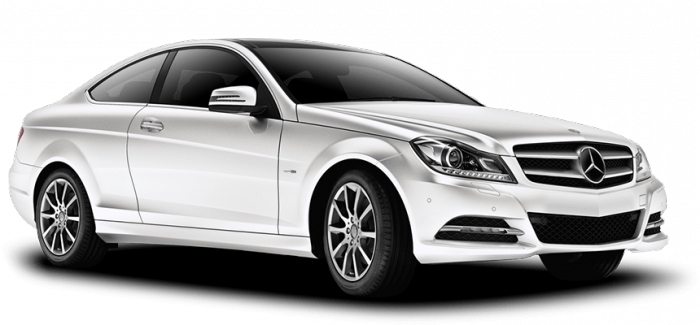
Terms of exchange and return of goods
According to the Law, a refund must be made no later than ten days from the moment when the buyer filed a corresponding application. After this period, the seller is forced to pay a daily penalty of 1% of the value of the goods. Independent examination is the only way to return money to the buyer in the event that the seller does not recognize the marriage and addresses the claims to the buyer.
In the event that the marriage is recognized by an independent expert, the seller loses the legal right to refuse to return the cost of a poor-quality purchase. An important point, which is always associated with the sale of goods, is that in any situation, the costs of quality assessment are borne by the seller, respectively, the refusal to pay becomes the subject of legal proceedings. Most often, the seller agrees with the requirements of the buyer and arranges non-food items as returned.
Exchange of goods for a similar
Section 25 of the Law states that a consumer may claim his right to exchange non-food items for another copy with the appropriate characteristics. The basis for such actions by the buyer may be a mismatch:
- forms;
- style;
- dimensions;
- colors;
- complete sets;
- size of the purchased product.
The exchange is made within fourteen days without taking into account the day when the sale of goods took place, and is possible only if the buyer observes the clear conditions:
- the goods must not lose their original appearance, as well as seals and labels;
- sales receipt upon the fact of the purchase from the applicant in his arms, while the absence of the latter cannot be the reason for the final refusal - there may be evidence;
- goods for exchange are not included in the special list of goods not subject to exchange approved by the Government of the Russian Federation.
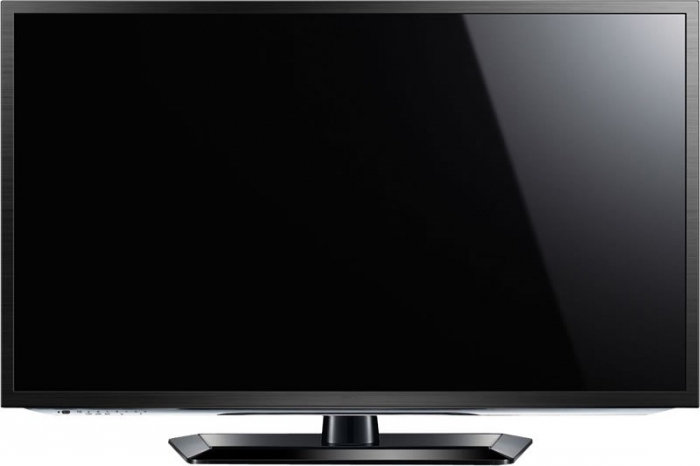
The rules for trade in non-food products also provide for the need for the buyer to write the corresponding statement to the seller in two copies, one of which the seller endorses. It is important that in the event of another seller’s refusal, an alternative way of submitting an application can be a registered letter with notification of delivery, sent by mail to the address of the store, which is always indicated on the street sign.
If non-food goods, similar to those that are provided for exchange, are not in the store at the time the requirements were made, the seller behaves kindly and does not refuse to comply with the legal requirements of the opposite side of the conflict,in this case, the consumer has all rights to refuse to execute the contract of sale with the subsequent return of the money spent. A request for a refund is made in writing. From this moment, the seller has three days to satisfy the buyer’s claims. However, the buyer may well wait for the receipt of a suitable product for sale.
Rules of conduct for seller and consumer
During any dispute over product quality none of the parties should show unmotivated aggression and unwillingness to follow the norms of the law. Different variants of the behavior that is inadequate in the current situation fall into the jurisdiction of law enforcement agencies and involve the prompt intervention of the police, so all parties to the conflict should follow the rules of behavior in public places. In a calm environment, disputes are resolved more easily.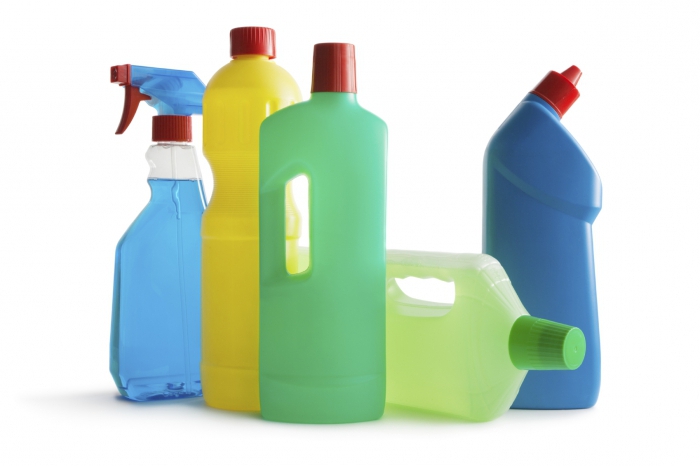
Special situations and solutions
What happens if defects are identified after the warranty period for non-food items has expired, but two years have not passed since the purchase? The way out is still possible: lawyers support the point of view at which the buyer’s choice dwells on only one type of requirements, namely the exchange of goods or the return of money. According to generally accepted ethical rules for the sale of any goods, the buyer is always right, but it is better that this rightness is confirmed by the relevant documents, the main of which is the sales receipt.








